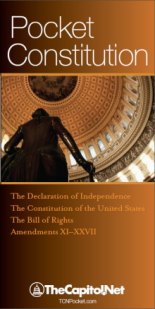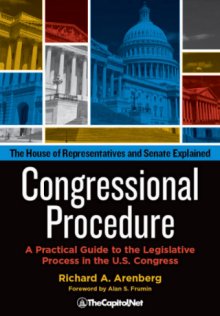Writing Effective Press Advisories
Public relations professionals have an array of tools for attracting media attention. One of those tools is the press advisory. The press advisory is somewhat different from the press release, both in format and goal. photo credit: chuckoutrearseats The goal of the press advisory is to notify the press of an occurrence or event you … Read more



